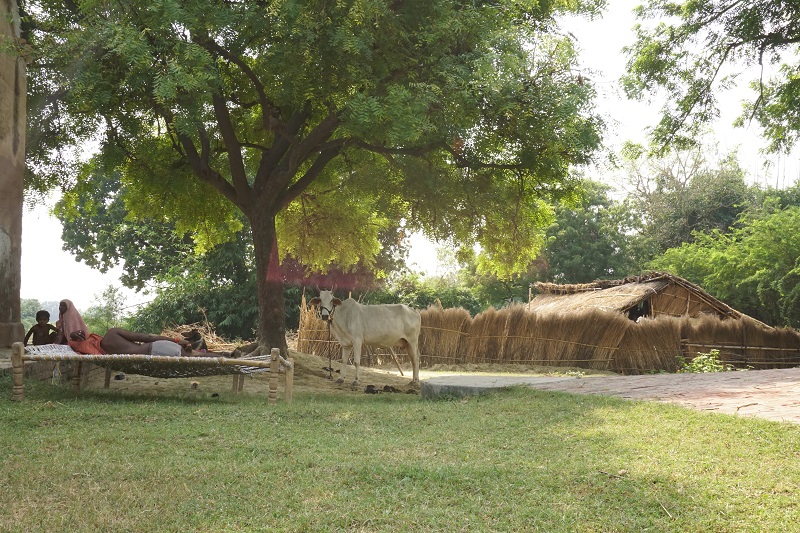Arrival in the Land of Royals
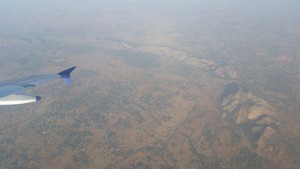 We arrived in Jaipur from Kolkata overwhelmed by the Durga Pooja festival. As the flight got close to Jaipur, we saw the hills and the dry land terrain. Like the wise say, drive 50km in India in any direction, and the scene will be different. We knew we were going to love it. Once in the city, our first impression was that it was clean and organized. As we had never been to Rajasthan, we decided to see a couple of historic cities during this trip. We planned to spend 2 days in Jaipur, 5 days in Jodhpur and 3 days in Udaipur. This post is about our experience in Jaipur.
We arrived in Jaipur from Kolkata overwhelmed by the Durga Pooja festival. As the flight got close to Jaipur, we saw the hills and the dry land terrain. Like the wise say, drive 50km in India in any direction, and the scene will be different. We knew we were going to love it. Once in the city, our first impression was that it was clean and organized. As we had never been to Rajasthan, we decided to see a couple of historic cities during this trip. We planned to spend 2 days in Jaipur, 5 days in Jodhpur and 3 days in Udaipur. This post is about our experience in Jaipur.
Going back in time
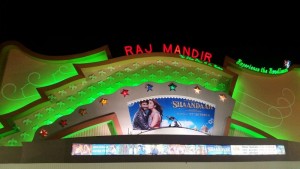 Before we left Kolkata, Shruti booked tickets to watch the latest bollywood film at a classic one screen theatre. Raj Mandir is an institution in Jaipur and in the world of multi-screen cinemas, it is thriving. We got there to watch Shandaar, a film starring Shahid Kapoor and Alia Bhatt, just in time to grab tickets and drinks.
Before we left Kolkata, Shruti booked tickets to watch the latest bollywood film at a classic one screen theatre. Raj Mandir is an institution in Jaipur and in the world of multi-screen cinemas, it is thriving. We got there to watch Shandaar, a film starring Shahid Kapoor and Alia Bhatt, just in time to grab tickets and drinks.
The film itself was stupid, funny and very stereotypical bollywood. However, the crowd in the cinema as well as the decor made the cinema better. The condition of the seats and the theatre was just brilliant. It seemed to be getting better with age. An amazing experience!
Palaces of the City
No trip to Jaipur would be complete without a trip to the palaces of the city. On our first day, we decided to walk around the old city. We crossed the Ajmeri Gate, which was one of the main gates into the walled city during the kingdom rule.
We then visited the famed Hawa Mahal, the Palace of Wind. It’s famous for being cool even in the heat of summer as the palace has been designed to catch wind from all sides which then pass through and makes it cool. The front-facade of the palace is just amazing – you decide for yourself.
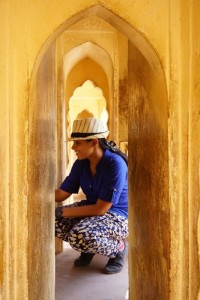 We went all the way to the top window and the spaces get narrow as you rise. Shruti tried to go back in time and spent a couple of minutes staring out of the window as the women in the palace would have done. Apart from keeping the building cool, these windows were the passage for Royal women to watch the day life of commoners go by.
We went all the way to the top window and the spaces get narrow as you rise. Shruti tried to go back in time and spent a couple of minutes staring out of the window as the women in the palace would have done. Apart from keeping the building cool, these windows were the passage for Royal women to watch the day life of commoners go by.
Our next destination was the City Palace which was the main Palace of Kachwaha Rajput Dynasty of Jaipur. Being the main palace, it had images of the old Rajput kings as well as recent ones. In addition, the art in some parts of the palace was just exquisite.
Finally, we visited the famous observatory, Jantar Mantar. It has sundials and other instruments which accurately tell time as well as the location of celestial bodies. Shruti was very keen to learn all about it and we rented the audio guide from the counter. However, we had not paid much attention during our physics class at school and didn’t understand much of the instruments. Like it’s name, Jantar Mantar – which translated to magical instruments, we were just amazed by how advanced the king was in the field of science and left the place a little tired and confused.
Muharram
As we finished from the palaces and were heading back to the hotel, we landed upon the Muharram Procession. The procession included kids with handmade Taziyahs (buildings symbolising battle of Karbala) and banging drums as they passed through the city.
We took lots of pictures of the crowd including some curious kids who wanted us to take a picture of them. The crowd didn’t stop for 1.5 hours and we eventually had to head back only to realise that the old city roads were all shut down due to the number of people on the streets. This reminded us of Kolkata!
Forts of Amer
Amer is the ancient capital of Kachwaha Rajput rulers who later built Jaipur. We reached Amer by an AC City Bus connecting Jaipur and Amer, though we decided to get off halfway to see Jal Mahal. Jal Mahal, palace on water, was a lovely white building in the middle of a lake. Unfortunately, it is not possible to visit the palace and the lake itself. Apparently, it is really dirty and not maintained from the inside.
Once we reached Amer itself, we negotiated with tuk tuk driver to see the forts in the area.
Tip: The tuk tuk drivers provide a cheaper tour option from Amer Fort. They can drive you to Nahargarh fort, wait there for an hour while you look around and then drop you at Jaigarh Fort. There is a down-the-hill pathway from Jaigarh Fort to Amer Fort and the walk takes about 15 mins. This is recommended route, otherwise you would have to walk up the hill to Amer Fort and then to Jaigarh. The tuk tuk driver, though he was with us only for 1.5 hours, charged us Rs. 400, which was about half the cost of jeeps and other hire car tour operators.
Our first stop was Nahargarh, the Tiger fort. The palace is well known as it can be seen on a hill from Jaipur. The palace itself was quite simple, with wall paintings but the view from the top was absolutely amazing.
Our next stop was J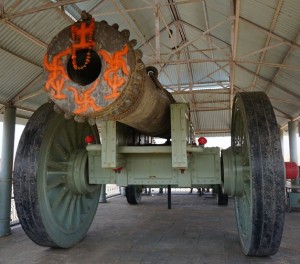 aigarh Fort which sits on top of the hill in Amer. The palace itself was quite large and had faced many battles. The highlight of the fort was the largest wheeled cannon in the world, Jaivana. It really was huge!
aigarh Fort which sits on top of the hill in Amer. The palace itself was quite large and had faced many battles. The highlight of the fort was the largest wheeled cannon in the world, Jaivana. It really was huge!
The palace had information on the history of the ruling dynasty including the last king, his services to the country and his social gatherings. In addition, the palace had exquisite gardens and a fantastic view of Amer city.

As suggested by the auto driver, we descended down the walkway between Jaigarh Fort and the Amer Palace which was much better than climbing the other way up the hill. 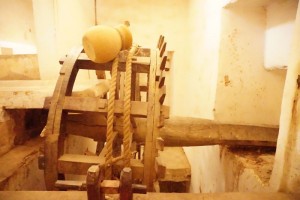 The palace itself was packed with tourists and we tried to see as much as possible without running into people. Though it was large, it was not the most beautiful palace. By far the most interesting things in palace was the pond outside the palace, an old machine to pull water and the fact that the bollywood film, Jodha Akbar, had shown similar walkway up the hill, especially the bends in the path.
The palace itself was packed with tourists and we tried to see as much as possible without running into people. Though it was large, it was not the most beautiful palace. By far the most interesting things in palace was the pond outside the palace, an old machine to pull water and the fact that the bollywood film, Jodha Akbar, had shown similar walkway up the hill, especially the bends in the path.
Chokhi Dhani
Chokhi dhani is a Rajasthani themed village which is a chain around India. Shruti had been to one in Gujarat and was very excited to show me the original Chokhi Dhani in Jaipur.
We booked a package tour to it through our hotel as the Chokhi Dhani is 22 km outside the city centre. Upon arrival, we were given a traditional Rajasthani welcome of Tilak. Once inside, we saw several dances of Rajasthan along with scenes of traditional village life. Oh, I danced as well!
As it was a Sunday night, the place was packed full of people. In one quiet corner, in a little room, there was an old lady cooking over fire. This is the traditional method of cooking and she was coming a millet bread. We decided to take a small piece with ghee and garlic chutney. The taste was out of this world! The English equivalent to describe the feeling was ‘nonna’s cooking’.
While we waited for our timeslot for the dinner, we watched some dances and drank some amazing jaljeera (spicy water). We had booked for a traditional Rajasthani meal and the host sat us down on the ground in an ac dining hall for all you can eat structure.
Our meal consisted of rotis (flat bread of wheat and millet), kadi (spicy yoghurt curry), sabji (gram flour veg curry), daal (lentil curry), baati (fire baked dumplings), churma (sweet cooked flour), khichdi (millet pudding), sangri (khejri vegetable dish), pickle and local lassi. Did I say it was unlimited?
To say that we were full would be an understatement. The irony is that we had stayed hungry almost the entire day to be able to eat this. At the end of the day, we walked around the village a few more times to be able to digest all the food. After a paan, we were done.
Our driver for this trip was a young man whose job it was to take us to the Chowki Dhani and back in 4 hours. However, he somehow felt that we should see all the malls and parks on the way. Unfortunately for him, we don’t like parks and we’ve seen enough malls in big cities to find them boring. We were irritated to say the least but decided against telling him that people come to Rajasthan for its forts, palaces and its culture instead of the new development.
Bizarre Bazaar
Since Jaipur is on the tourist trail, we had a bizzare ritual dealing with rickshaw and auto drivers. Every time we passed by a rickshaw, the conversation would be like this:
Driver: Would you like an auto?
ATs: No.
Driver: Its very cheap. I will show you the bazaar.
ATs: We don’t want to see the bazaar.
Driver: I will take you to good clothes or Rajasthani handicraft.
ATs: Walk away, ignoring.
Summary
Final thoughts
We weren’t in Jaipur for a long time and it was a jam packed time. We saw the traditional highlights of the city and were content with it. Being the capital of Rajasthan, Jaipur is just another big city. In our view, pink city was the highlight along with Amer.
Accommodation
We stayed at Hotel Arya Niwas which was an excellent hotel. It was spacious, clean and the staff were excellent. Though it is a 3 star hotel, we actually felt like we were taken very good care of. Highly recommend the hotel, it is good price as well.
Transport
Within the city itself, we did a lot of walking and using the minibuses. To go to Amer, we used Jaipur city bus – 1 from Sanganeri gate. There are plenty of tourist taxis around as well that can be hired on daily, half a day or just a tourist attraction basis.
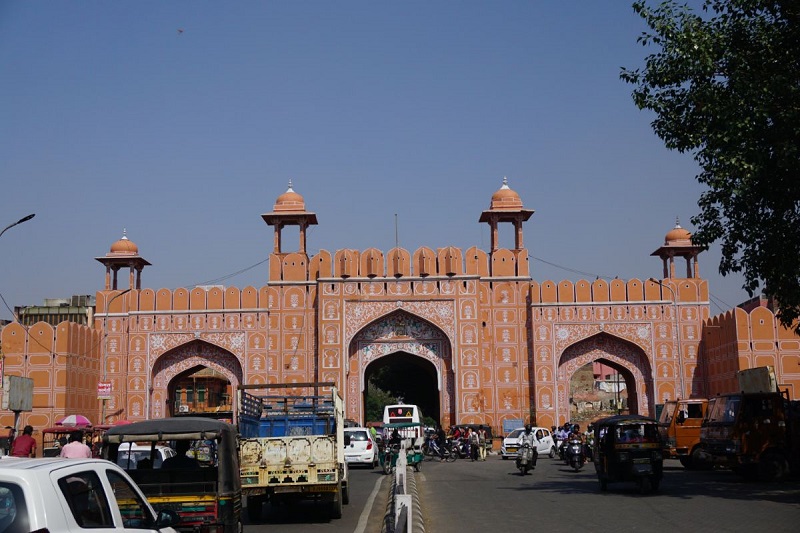
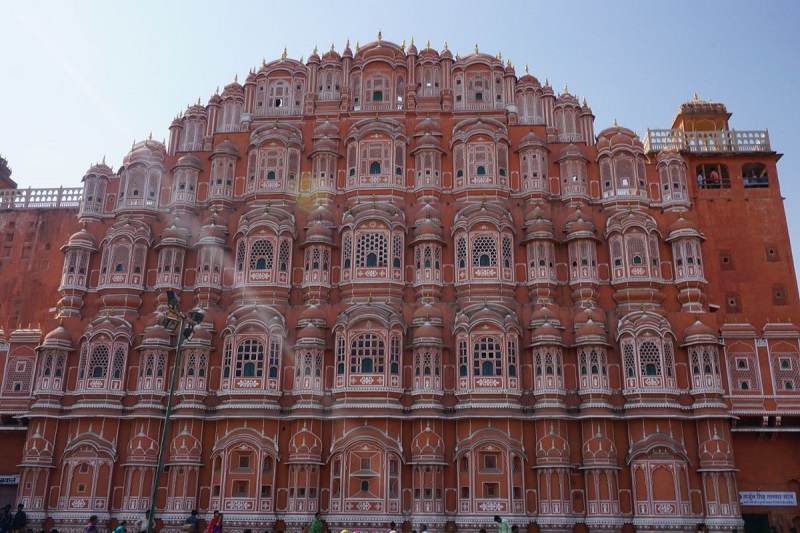
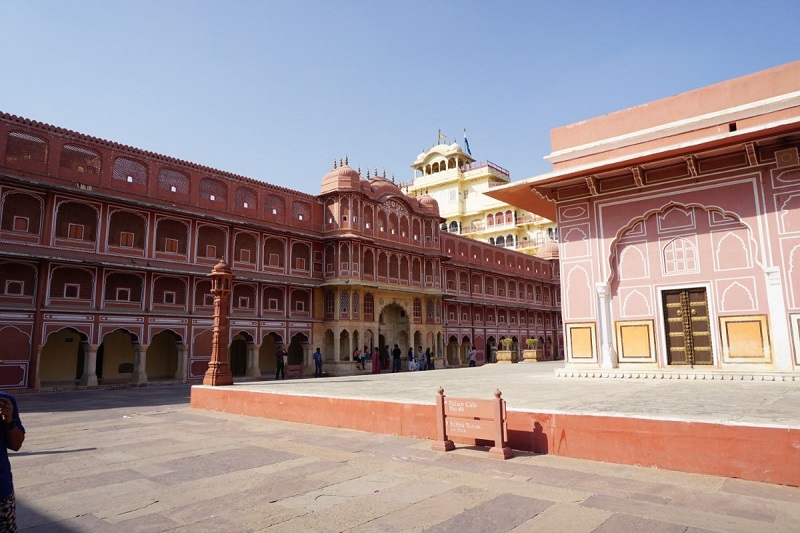

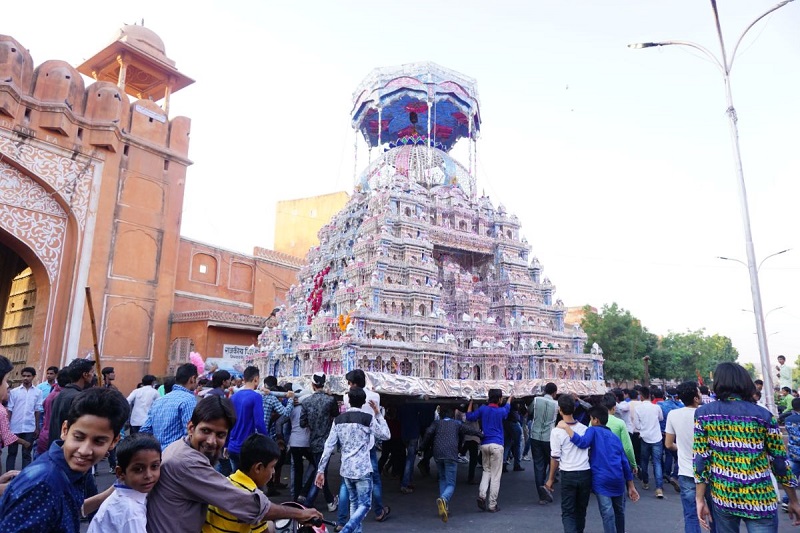
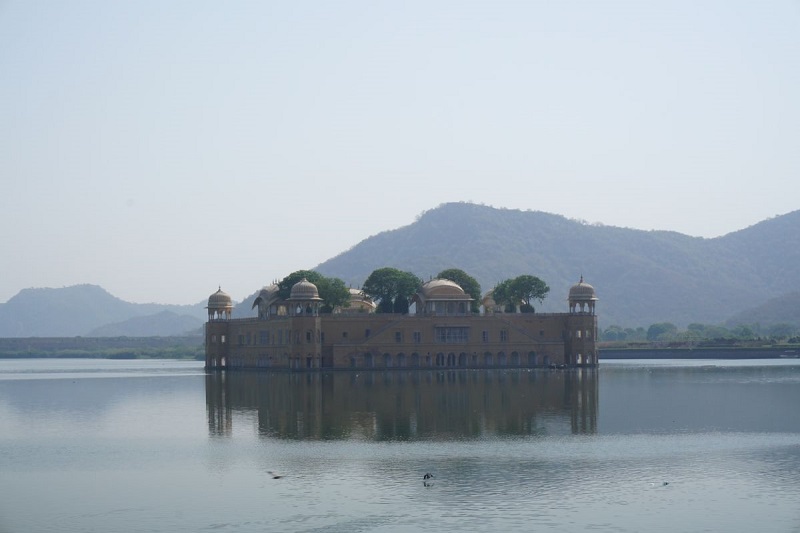
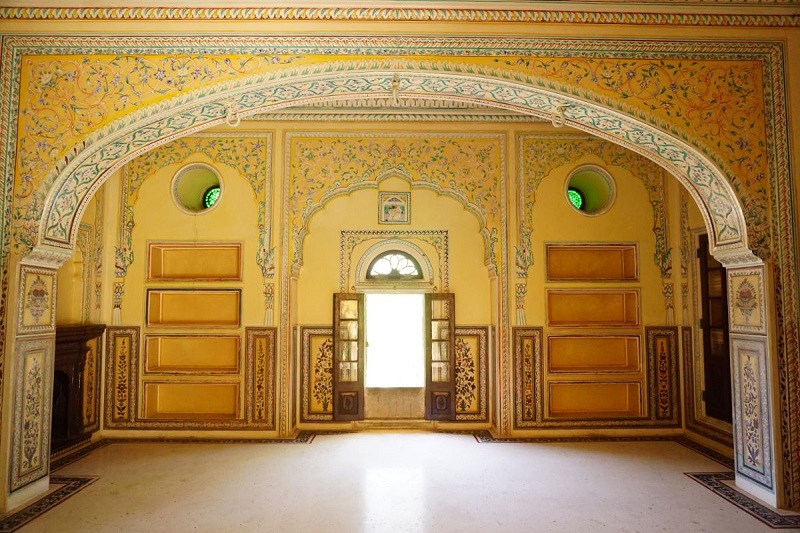



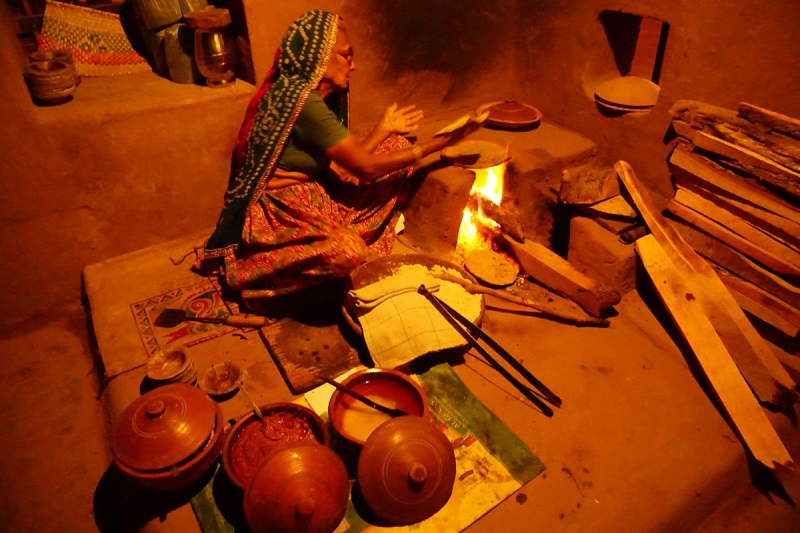
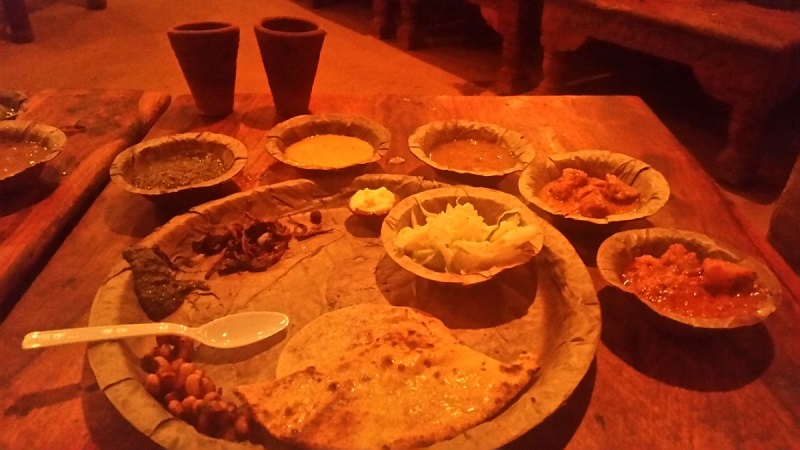
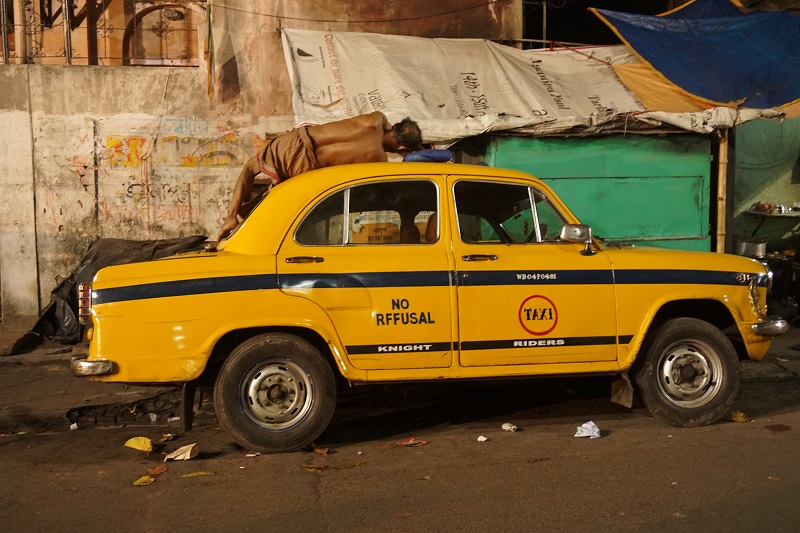
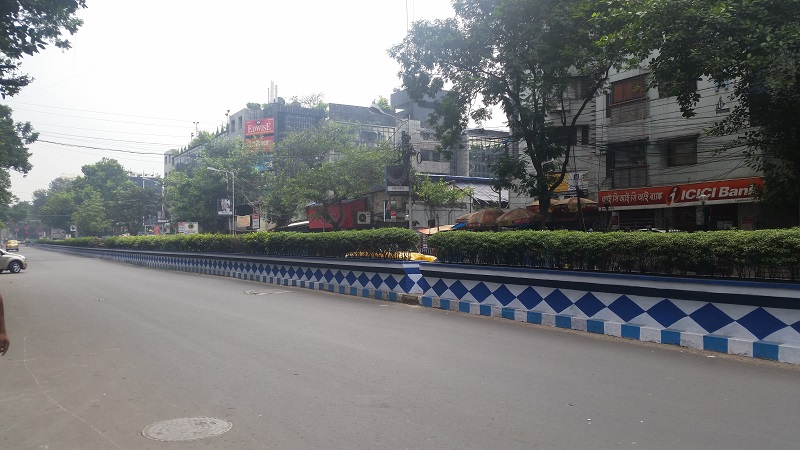
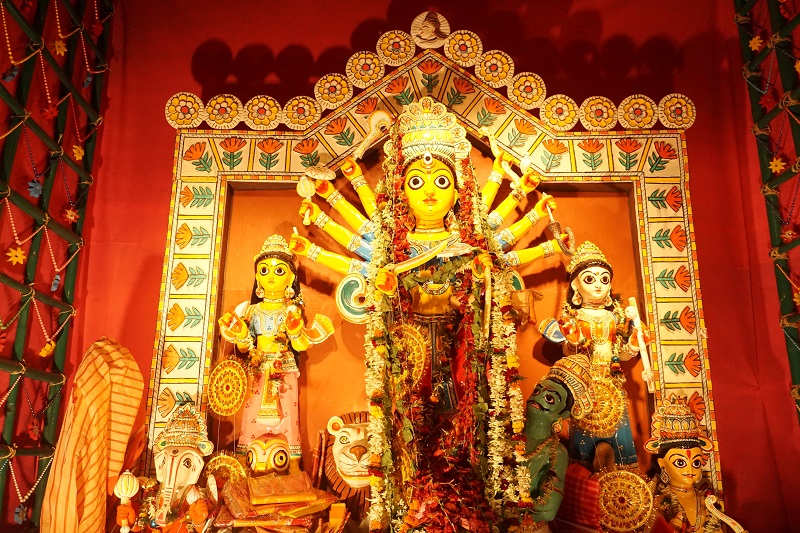

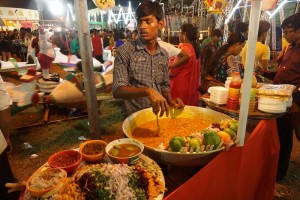
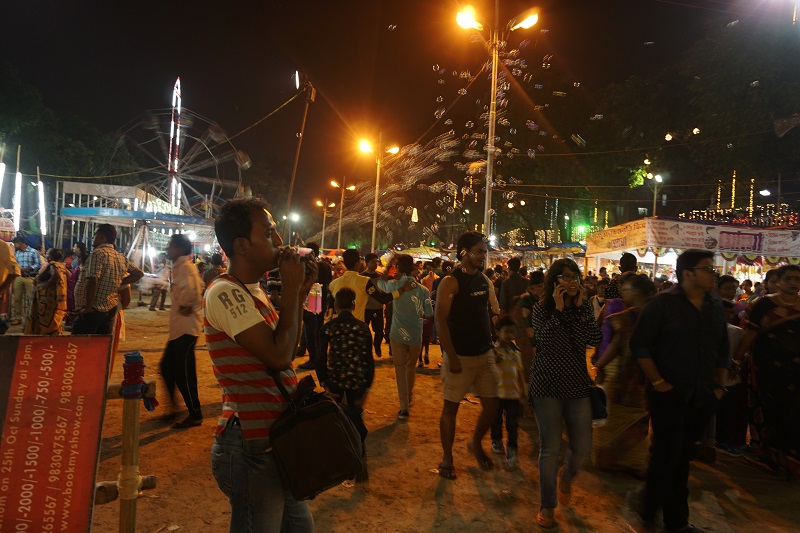
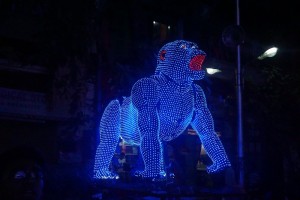
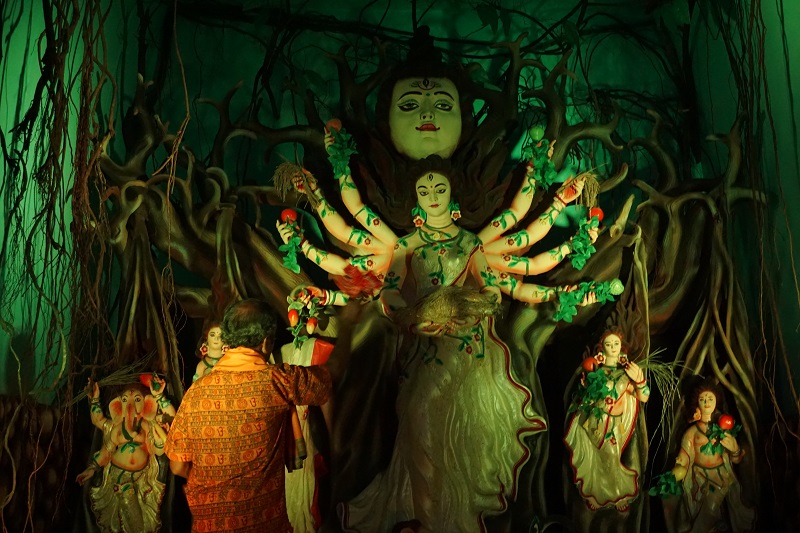
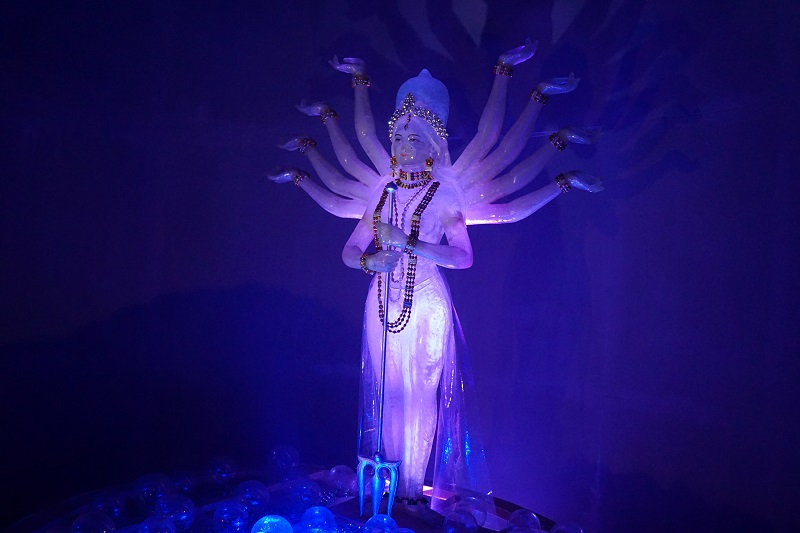
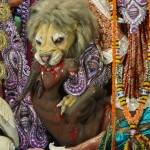
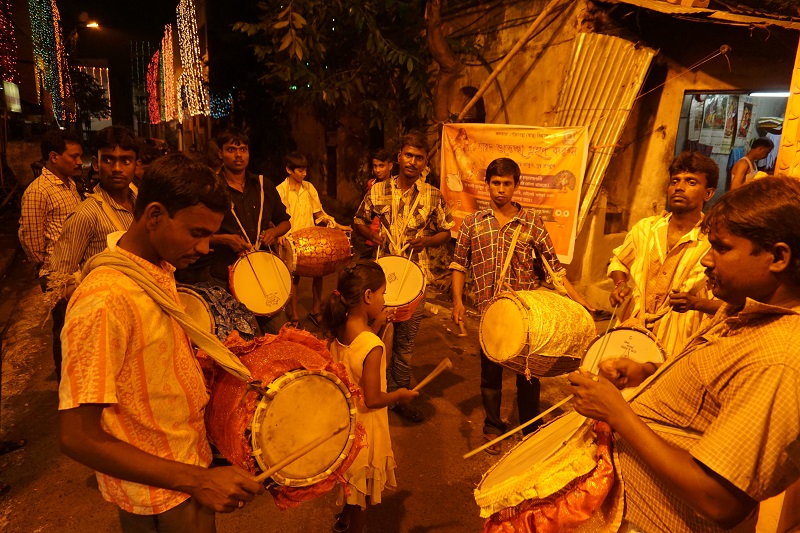
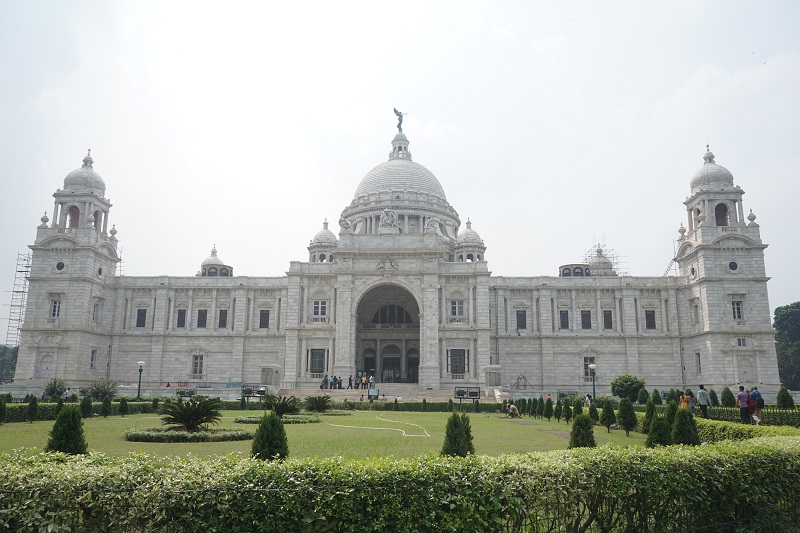

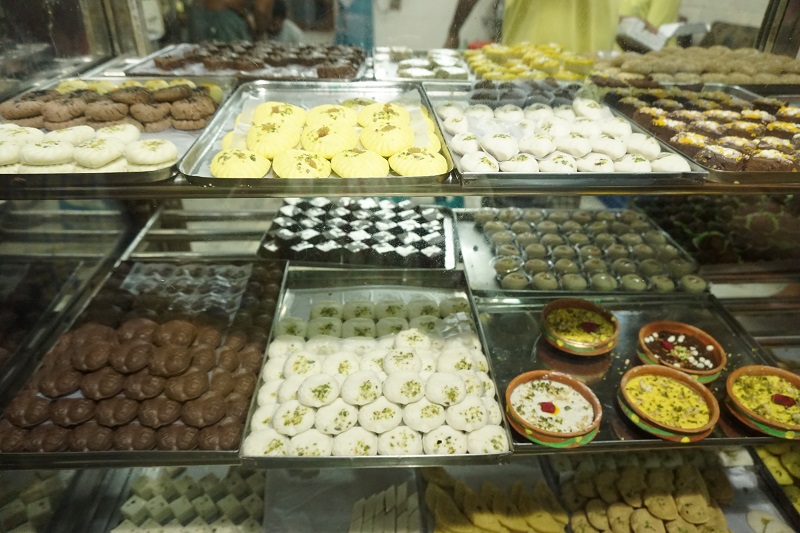
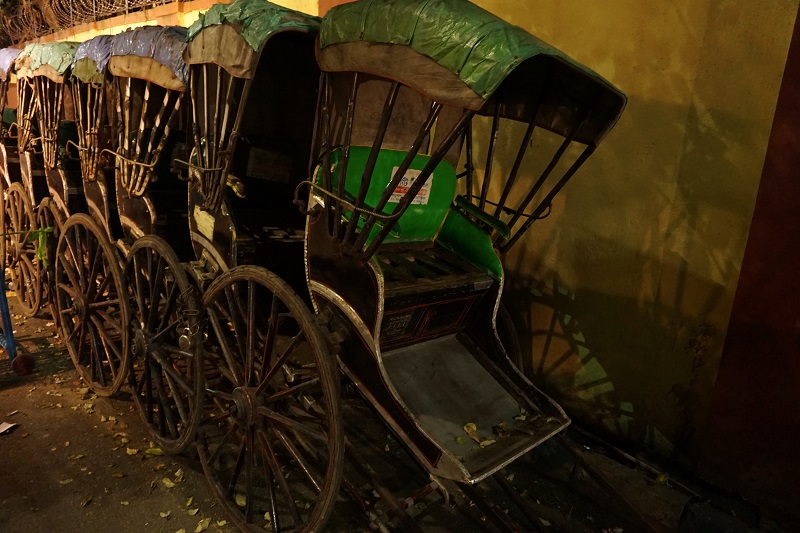

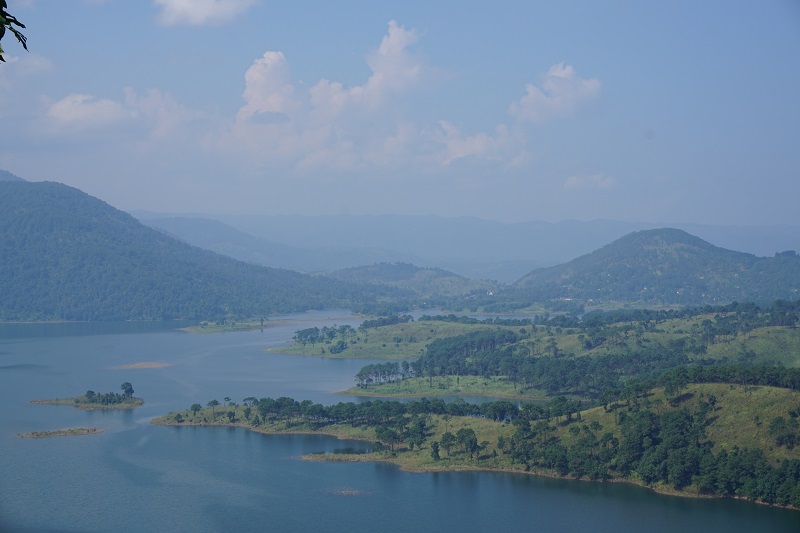

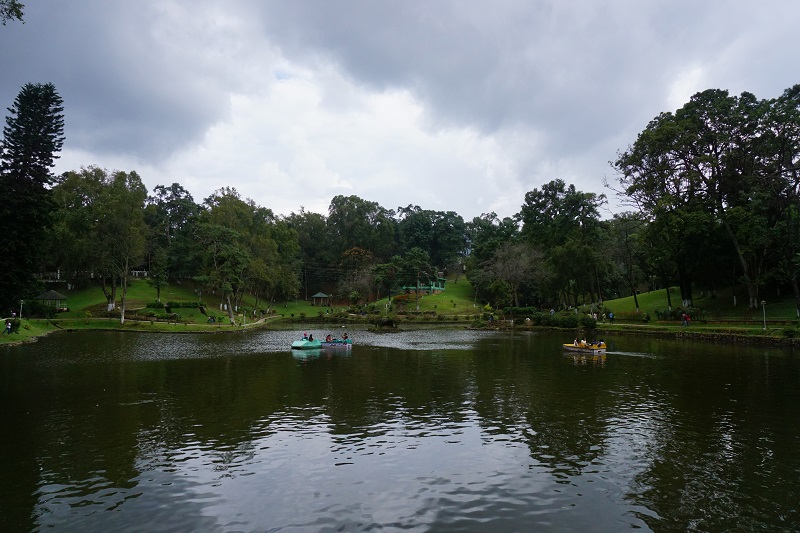

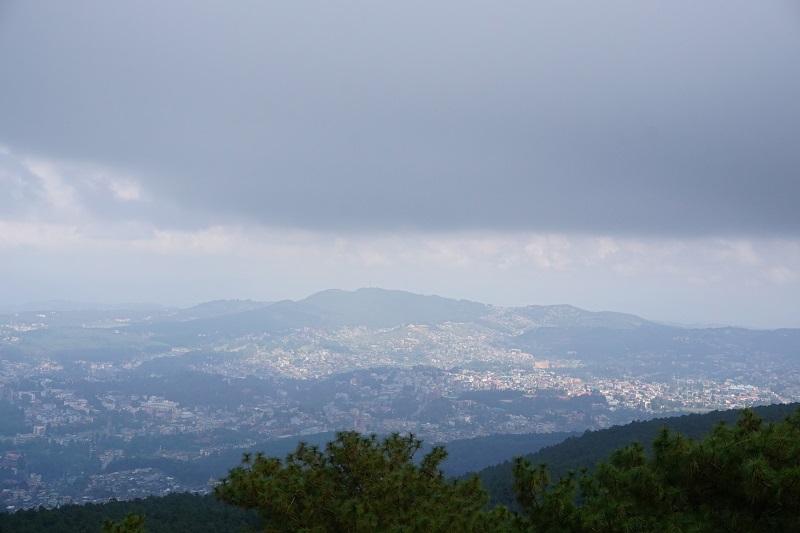
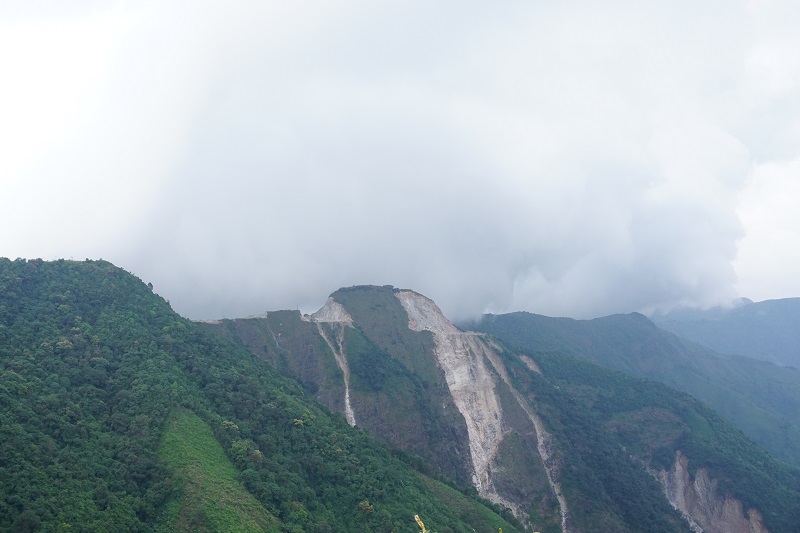

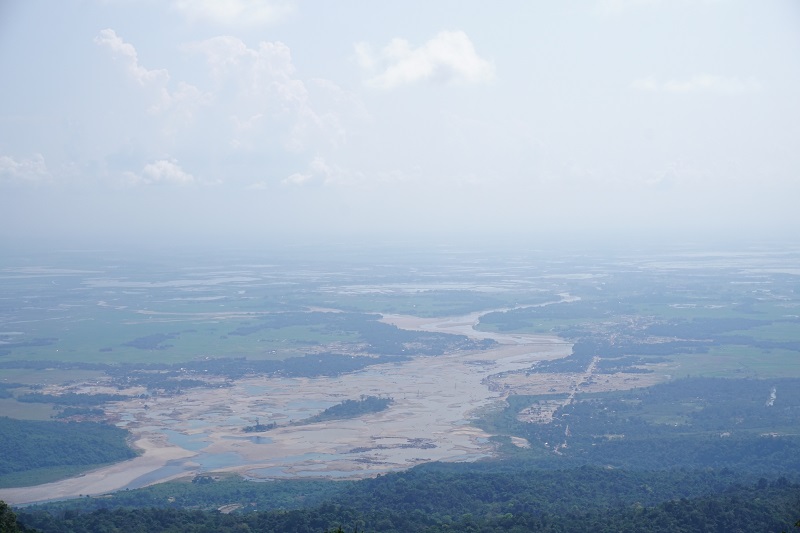
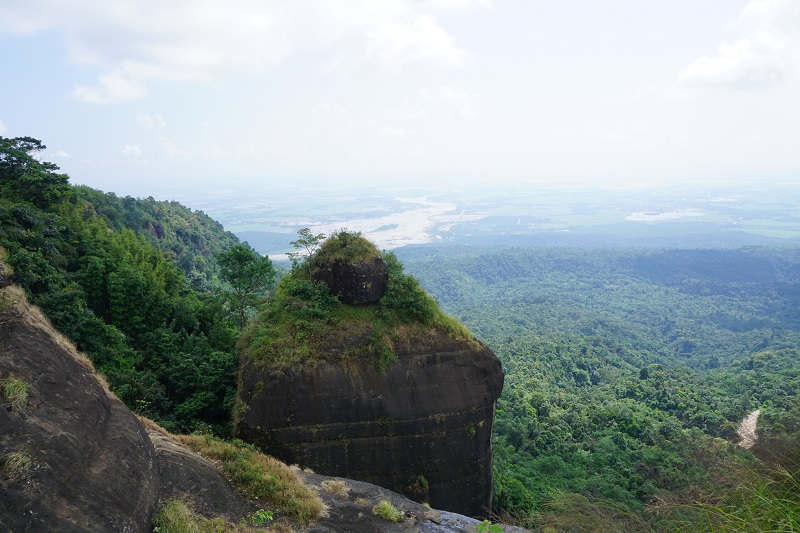
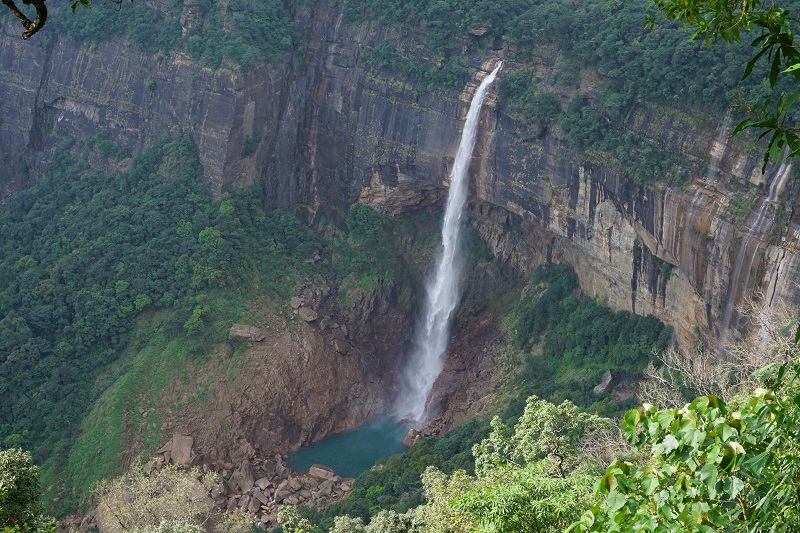
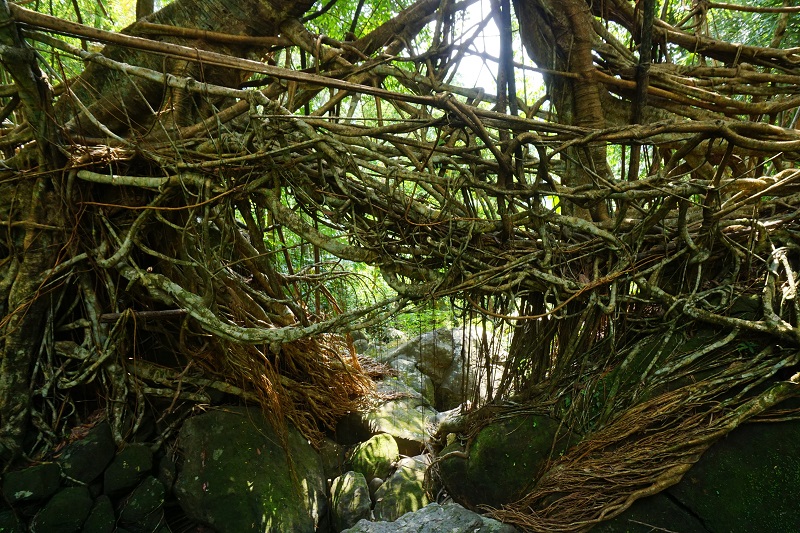

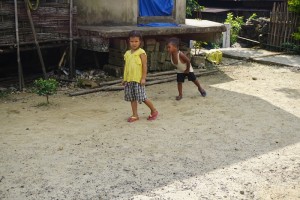 We decided to walk a little further to the Nowet Lookout. As it happened, the lookout was on the other side of the village and we got to watch the village life go by. There were kids playing, chickens running around the village as well as other animals like dogs and pigs. The houses had traditional thatch roofs with bamboo for walls and support. Modernity had reached the houses as some houses had dish TV and a few houses were made of brick.
We decided to walk a little further to the Nowet Lookout. As it happened, the lookout was on the other side of the village and we got to watch the village life go by. There were kids playing, chickens running around the village as well as other animals like dogs and pigs. The houses had traditional thatch roofs with bamboo for walls and support. Modernity had reached the houses as some houses had dish TV and a few houses were made of brick.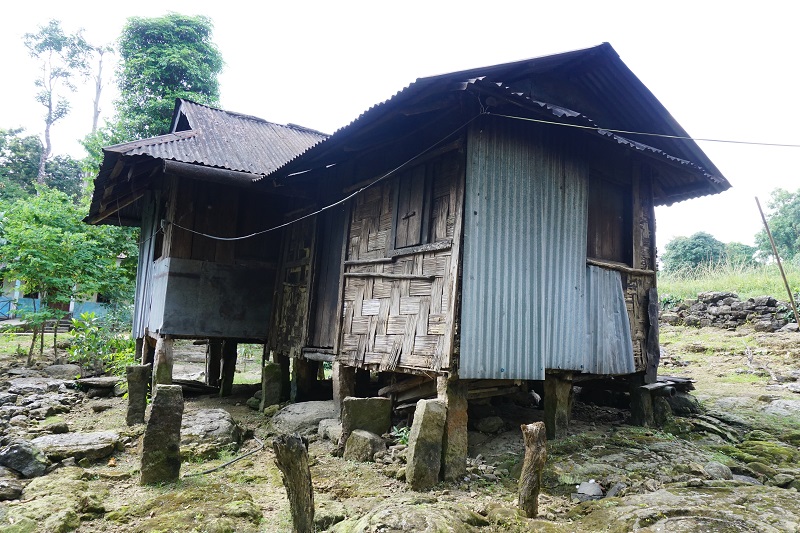

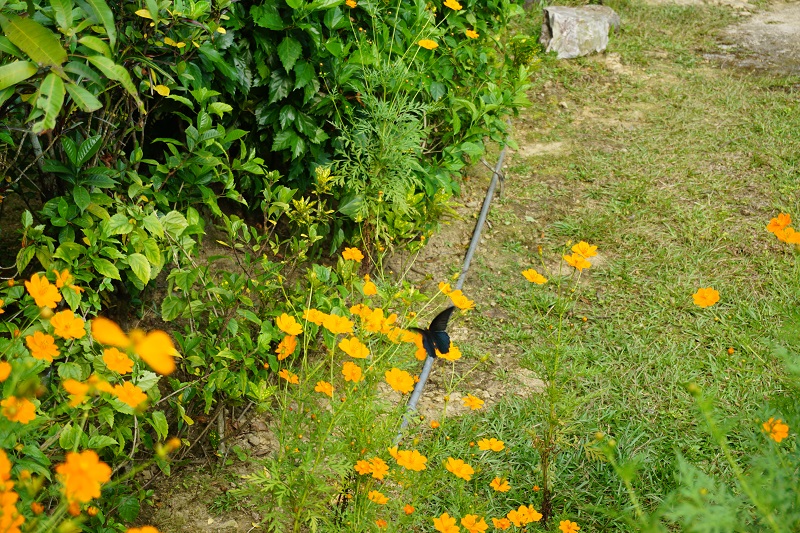


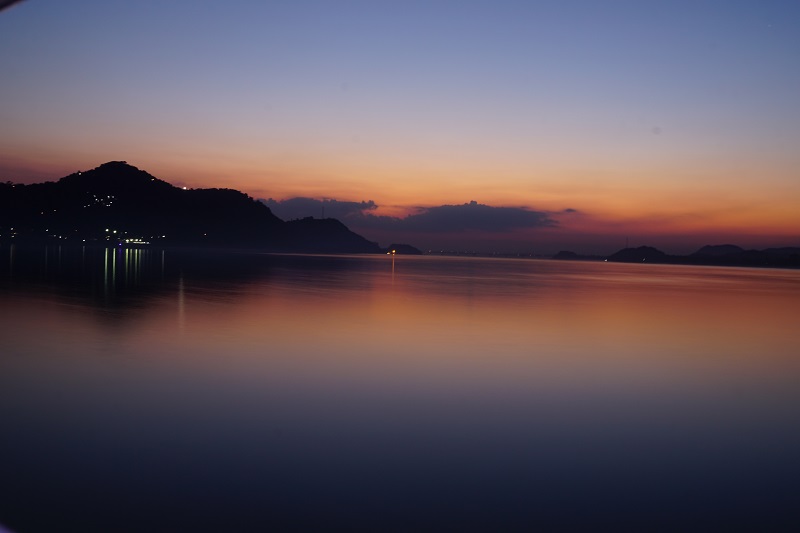
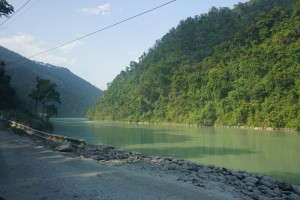

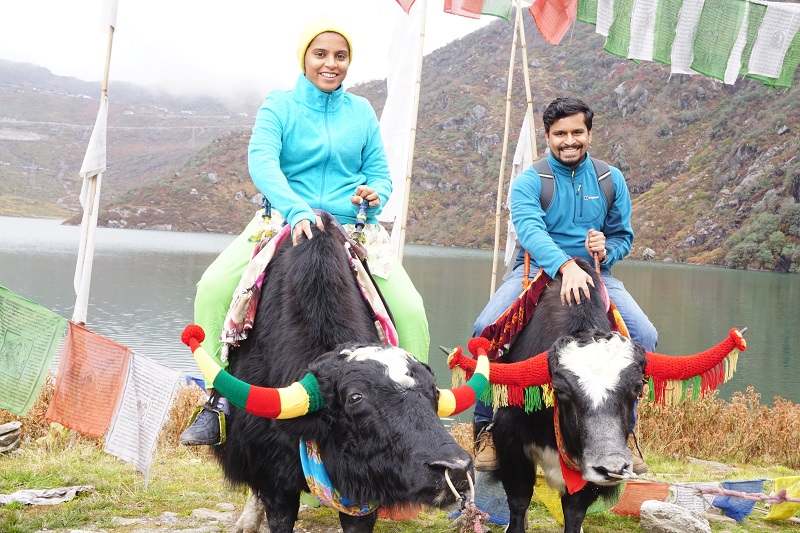
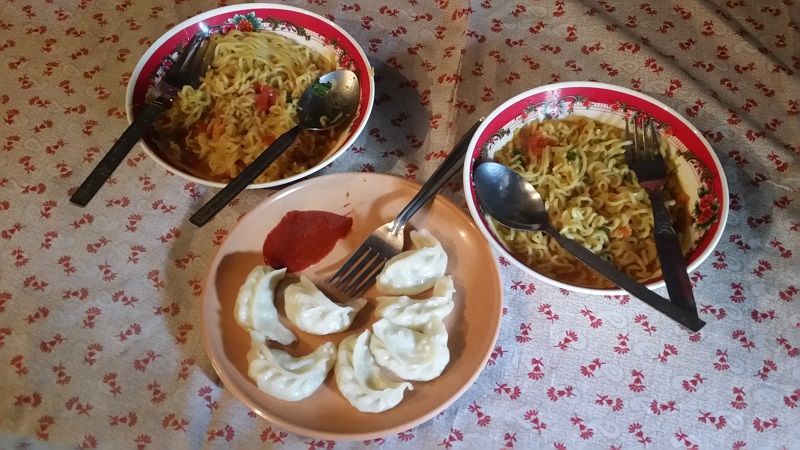
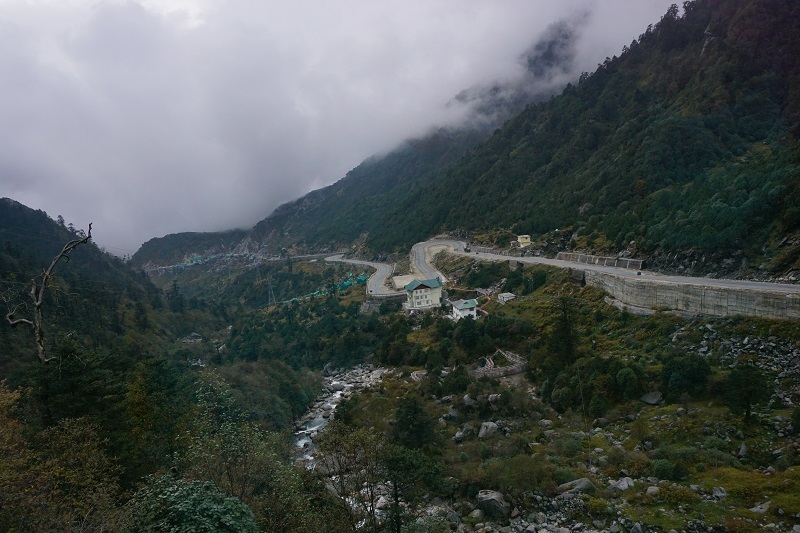
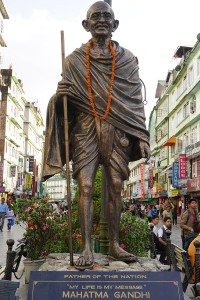


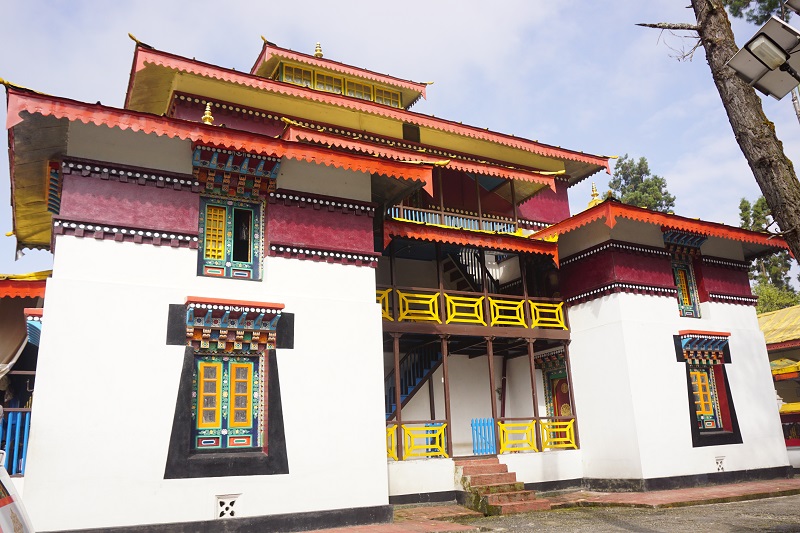


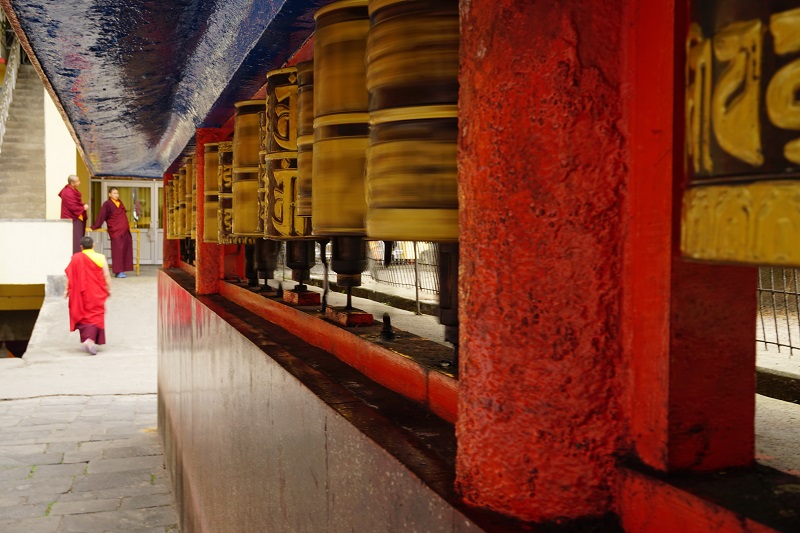
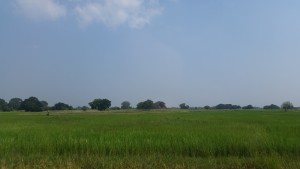

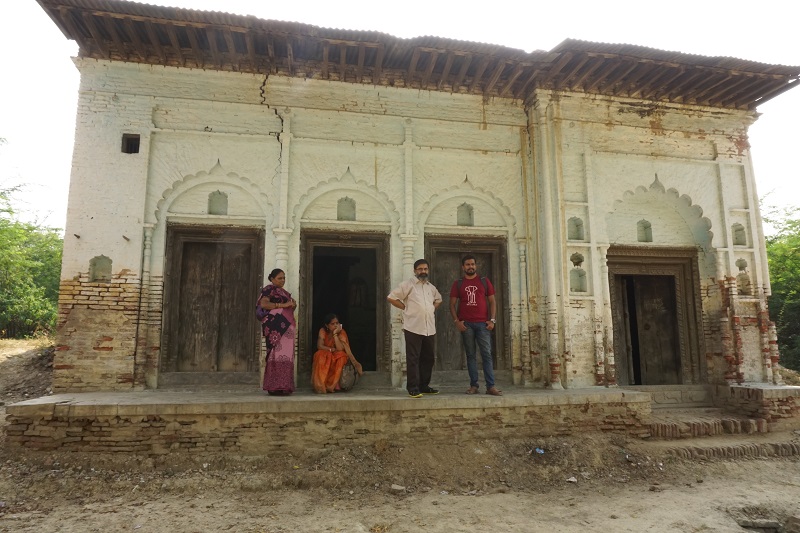
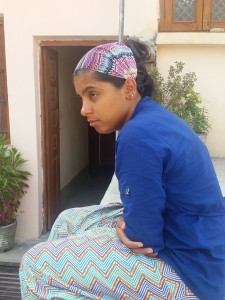 Up until now, we had been avoiding getting sick. However, Shruti started getting a cold on the day in the village. However, the next day, the cold turned into a fever and a Delhi belly. Having a sickness in an Indian family is nothing short of a circus with everyone giving different advice and medicines.
Up until now, we had been avoiding getting sick. However, Shruti started getting a cold on the day in the village. However, the next day, the cold turned into a fever and a Delhi belly. Having a sickness in an Indian family is nothing short of a circus with everyone giving different advice and medicines.